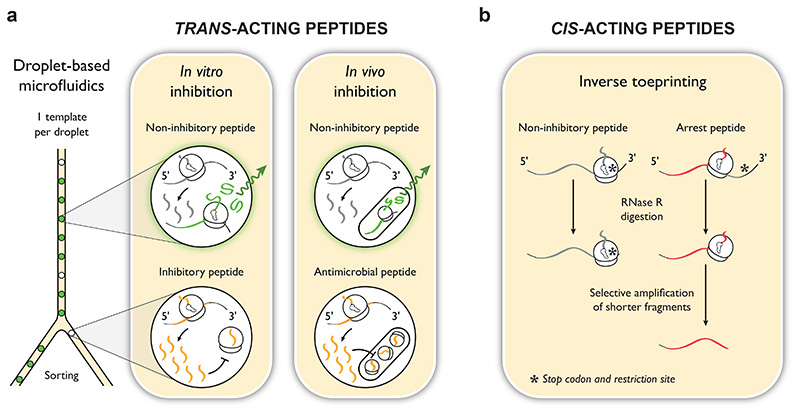Figure 2. Possible selection schemes for identifying trans- or cis-acting peptides that inhibit bacterial translation.
(a) Approaches for the identification of trans-acting peptides capable of in vitro translation inhibition or in vivo cell growth inhibition (orange). The proposed microfluidic strategy allows the sorting of picoliter-sized droplets based on the level of expression of a fluorescent reporter protein (green). Each droplet contains multiple copies of a unique peptide variant. For the in vitro inhibition approach, the expression level of the reporter protein will be reduced inside droplets that contain inhibitory concentrations of a trans-acting inhibitory peptide, leading to low fluorescence. In contrast, drops that contain non-inhibitory peptides will show strong fluorescence. For the in vivo inhibition approach, the same principle applies, but the reporter protein is expressed inside bacterial cells contained within the droplets. (b) Identification of cis-acting peptides (red) by inverse toeprinting 70. On the left, ribosomes translating a non-inhibitory peptide reach the stop codon and remain stalled on the mRNA due to the omission of release factor-2 from the in vitro translation reaction. On the right, translation is inhibited during the elongation step due to the presence of an arrest sequence. This yields shorter RNA fragments after RNase R digestion, which can be specifically amplified and sequenced.

